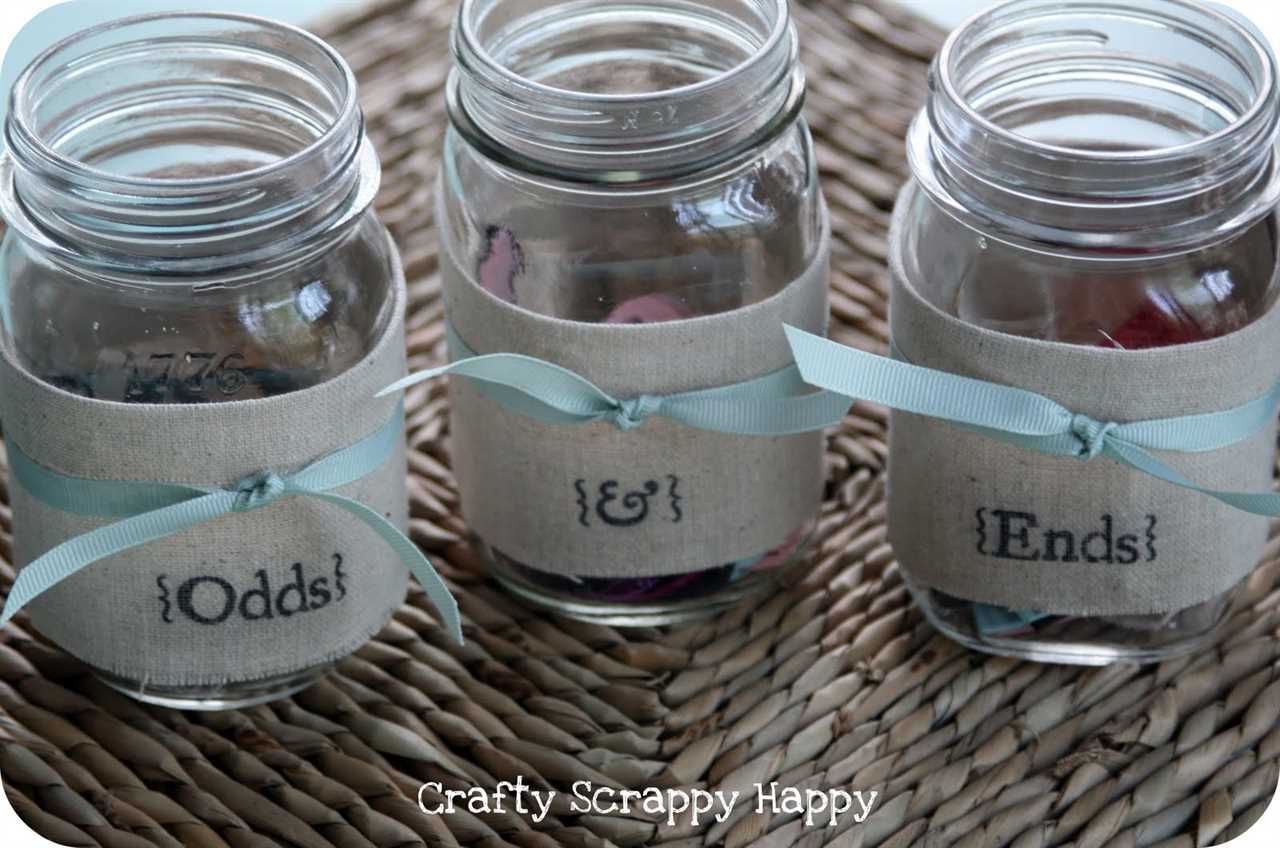
The business of making and selling handcrafted products has become extremely popular over the last few years. With the growth of the craft industry, especially on the online handmade marketplaces like Etsy, you could say that after decades of being seen as tacky or inferior, handmade has, at last, come into its own.
But how do you start your own craft business? Starting your own business can be one of the most exciting things you ever do. But it will also be a lot of hard work. Being self-employed is no easy feat and it’s certainly not for everyone. There’s a reason people say, “Don’t quit your day job.” The key to being successful with your craft business is to think and plan ahead. As with any task or goal, a well-researched plan of action will get you off to a good start.
Here are some basic tips on how to start a craft business from the ground up.
1. Write a business plan
While you may not think you need a business plan, this will force you to get ideas about the business out of your head and on paper. It covers important things like who am I selling to, how do I market to them, is this full-time business or a side project to make some extra money, how many items do I need to sell to actually make a profit. You know, the important stuff.
Also see – How much money can you make with a craft business?
A formal business plan may be overkill, especially if you aren’t needing funding for the costs to start a craft business, but don’t skip this step. There are craft business plan templates out there to help you get started so you aren’t just staring at a blank piece of paper.
2. Choose a product line
One of the first things you should do when starting a new craft business is to decide what it is you want to make and sell. Many new craft sellers make the mistake of trying to start with too many ideas. The best way to build a business is, to begin with one or two good unique products and then expand from there in time.
Also see – How to make craft products that stand out from the crowd
To help you decide what products you will sell first, think about your specific skills. What crafts are you best at? For instance, if you are an expert at quilting, but you also dabble in knitting or needle felting, start with quilted items. You want to put your best foot forward, so you should make your first available merchandise of the very best quality that you can produce. This will help your business to start off with a great public image, which will in time build your reputation. You can always add new product lines once you have been established for a while.
3. Choose a business name.
Your business name is generally the first thing that potential customers will see. It identifies you as a merchant, gives customers an idea of what you sell, and gives a little insight into your personality. You should think very carefully about your business name because you want it to make an impact.
A lot of new business owners like to use their own names in their business name –such as Katie’s Cute Quilts. While there’s nothing inherently wrong with this idea, ‘Katie’ is a wasted word. Why? Because no one knows or cares, who Katie is. Potential customers are not going to be searching for a business based on a first name. They are going to be looking for things like specific products, locations, crafting techniques, etc. ‘Cute’ is a wasted word as well, because the term is fairly subjective. What one person thinks is cute, another might just as easily think of as tacky.
Try to incorporate specific, descriptive words into your company name. This way, you will draw more traffic to your Web site or more customers to your craft table. Think about the impact of a business name like Greenville Country Quilts. This business name tells customers specifically where the company is located, what products they make, and the style of the products. It’s much more precise than Katie’s Cute Quilts.
4. Choose a selling venue.
Where and how you choose to sell your handmade products is also a major decision to make for any new craft business owner. Many people choose to sell exclusively online, and some in their own retail shop, while others prefer to sell at craft fairs, flea markets, and other events. You may also be interested in getting your products into consignment shops. There are many different ways of selling your craft items. So, how do you decide which method of selling is best for you?
What Licenses do Crafters Need to Sell at Craft Shows?
Research is key to choosing the right selling venue. If you’re interested in selling online, look at several different online craft marketplaces or social media platforms, like Facebook, Instagram or Pinterest, and find out what makes each one unique. If you can, talk to other sellers on those sites to get an idea of how happy they are with their experience. You can also look at reviews of these Web sites around the Internet. Or you could join a crafting forum to talk to other crafters around the world about how and where they sell online.
If you want to sell at craft fairs, the best place to start looking for events is by searching online. However, don’t forget to look into local events that may not be advertised on the Internet. You can often find out about local fairs by checking newspapers, reading announcement boards at libraries, or simply asking around. A lot of fellow crafters are happy to share their experiences with various craft fairs. Be sure to have lots of business cards, so people can find you after the shows.
Also see – Where to market a craft business
Getting your handmade goods into local shops can seem intimidating. But it’s really not that difficult a process once you know where to start. Gather some good photographs of your work and create a portfolio, or pack some samples of your work neatly in a presentation case or box. Take your work or photos to any local shops you’re interested in and ask them if they take consignment. Many shop owners will happily look at your products and give you a form to fill out so that you can get started selling with them. If your products are good, there’s no reason to be timid about asking.
Also see – How to market a craft business
Keep in mind that in addition to knowing where you are going to sell your handmade business wares, you will need to also look at collecting sales tax if you are selling in a state that charges it. Sales tax tends to vary depending on where products are being sold, such as when selling at a craft fair or craft show.
5. Decide on a business structure.
The final step, and probably the most important, is to get your business structure (sometimes called a legal structure or business entity) in order. Some states require you to register as self-employed (sole proprietorship) before you begin selling, while others will allow you to simply file your self-employment tax return at the end of your first year of business.
You may also want to look into separating your small business and personal assets in the unlikely but possible event that you could be sued. I’m a big fan of having a Limited Liability Company (LLC) since it’s easier to run than a Corporation. Learn more about business structures and try the quiz to find which one is right for you.
It’s vital that you follow the tax laws of your state and country if you want to run a successful business that will grow and thrive for years to come. There’s no excuse for not filing your taxes, no matter how much of a pain you may find it to be. It’s always better to have your paperwork in order.
In conclusion, the Internet has made it easy for almost anyone to start a craft business. In fact, in today’s economy, many people are choosing self-employment as a more certain way of earning money. If you love crafting and you’re good at it, you’re in the perfect position to start your own business. Just remember to start with a good, solid plan.
6. Make sure your business is properly registered.
Every state and community has different rules and regulations for starting a business. Many owners set-up as home-based craft businesses to keep overhead low, so be sure to check at the local level to see if there if a home-based business needs to get a business license.
A nice resource with the steps to start a business in each state is located at StartingYourBusiness.com.
The post How to Start a Craft Business appeared first on Start a Craft Business.
||-------------------------------------
By: Jaime
Title: How to Start a Craft Business
Sourced From: craftyscrappyhappy.net/how-to-start-a-craft-business/
Published Date: Fri, 25 Jul 2014 19:05:53 +0000
Did you miss our previous article...
https://coachingbusinessowners.com/startup/gaining-2020-vision-on-the-road-to-sustainability-powering-ontarios-prosperity






